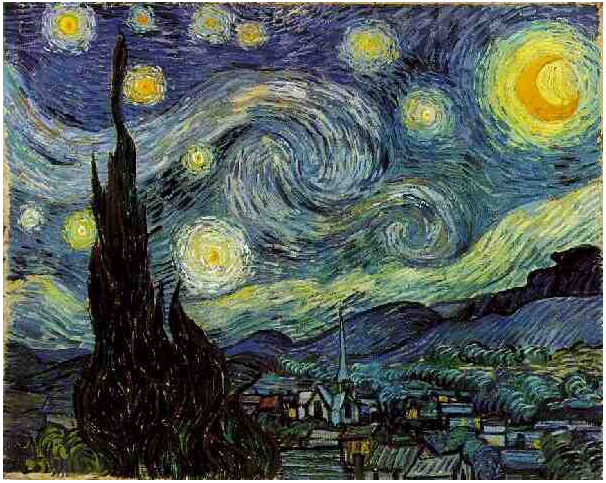'Botanical Sexism' Could Be Behind Your Seasonal Allergieshttps://www.atlasobscura.com/articles/seasonal-allergies-blame-male-trees?utm_medium=atlas-page&utm_source=facebook.com&fbclid=IwAR3RatgkvcpwctpTAVZUeEGb1E8mh0IZ40_TgIrXmHy_MCW8RV2pihTLEPs&fbclid=IwAR0Zv-sbbkkGv1sJ31fJ8Q5ISkSyH6Iz2im_SwhE2R9AxO2BmrdPYqxkOLkScariest pollen reference:
Ogren sees gingko* gametes as the far greater threat. Unlike almost every other plant, gingko trees produce motile sperm, capable of swimming in pursuit of germination. Where human sperm each have a single tail, or flagellum, gingko sperm have around a thousand.
“Once the pollen gets in your nose, it will germinate and start swimming up there to get to where it’s going,” Ogren says. “It’s pretty invasive.”
Unsurprisingly, climate change isn’t helping. According to a recent study in Lancet Planetary Health, the increase in extreme temperatures contributes to more potent allergy seasons. Summers come earlier and last longer, and certain species, such as cypress and juniper, have begun blooming again in the fall, Ogren says. In Durham, Lilley says he’s never seen anything as monumental as April’s pollen clouds in the city before. While it’s hard to say if the yellow sky was directly linked to climate change, pollenpocalypses will only become more and more common. It’s easy to see these clouds as freak occurrences—like a megadrought or superstorm—but they may be a sign of things to come.
*ginkgo - corrected spelling
The Ginkgo tree is a living fossil, with the earliest leaf fossils dating from 270 million years ago. It was rediscovered in 1691 in China and was brought to this country in the late 1700s. The seeds and leaves have been (and are still today) used in medicine throughout the world.
https://www.arborday.org/trees/treeguide/TreeDetail.cfm?ItemID=1092The Permian–Triassic (P–Tr or P–T) extinction event, colloquially known as the Great Dying, the End-Permian Extinction or the Great Permian Extinction, occurred about
252 Ma (million years) ago, forming the boundary between the Permian and Triassic geologic periods, as well as between the Paleozoic and Mesozoic eras.
 ( Read more... )
( Read more... )The Ginkgo has survived 3 mass extinctions
End Permian, 251 million years ago, 96% of species lost. ...
End Triassic, 200 million years ago, 80% of species lost. ...
End Cretaceous, 66 million years ago, 76% of all species lost.
https://cosmosmagazine.com/palaeontology/big-five-extinctions 


















 Credit: Cardiff University
Credit: Cardiff University 



